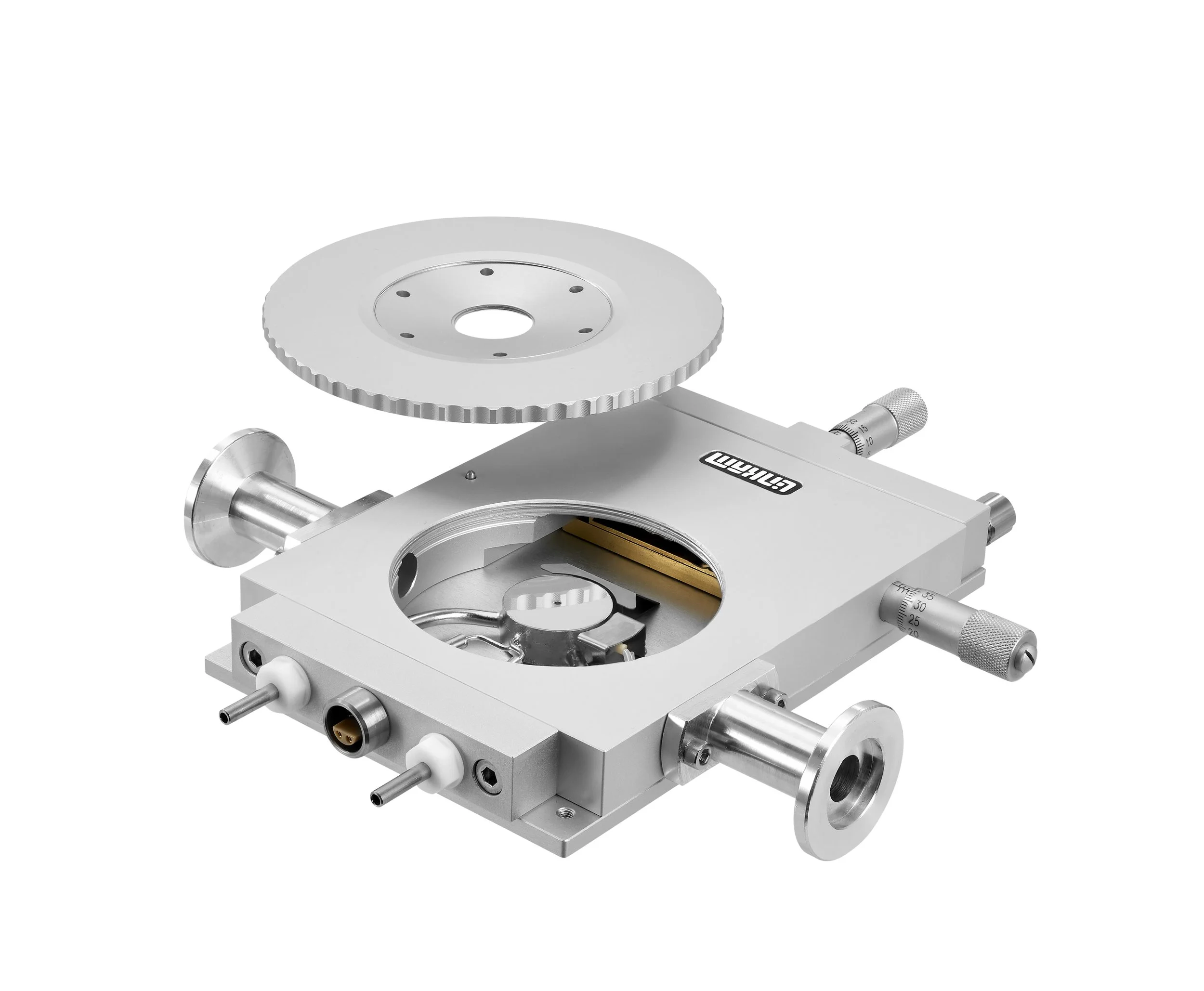Researchers used Linkam’s HFS600E-PB4 probe stage at temperatures down to -70 °C (200K), to investigate how temperature-dependent phase transitions affect the properties of piezoelectric materials, finding that ideal properties peaked around the low-temperature phase transitions.
X-ray tomography of cryopreserved human prostate cancer cells: mitochondrial targeting by an organoiridium photosensitiser
Researchers used the Linkam CMS196 for imaging cryopreserved human prostate cancer cells with X-ray tomography.
Imaging endosomes and autophagosomes in whole mammalian cells using correlative cryo-fluorescence and cryo-soft X-ray microscopy (cryo-CLXM)
Scientists at the The Institute of Cancer Research in London, UK used Linkam’s CMS196 to image mammalian cells with cryo-CLXM microscopy.
Imaging of Vitrified Biological Specimens by Confocal Cryo Fluorescence Microscopy and Cryo FIB /SEM Tomography
Researchers used Linkam’s CMS196 as part of a Confocal Cryo Fluorescence Microscopy setup to image vitrified biological samples.
Key composition optimisation of meat processed protein source by vacuum freeze-drying technology using Linkam’s FDCS196
Effect of supercooling and cell volume on intracellular ice formation using Linkam’s FDCS196
Studying the effect of supercooling and cell volume on intracellular ice formation (IIF), using Linkam’s Freeze Drying system the FDCS196.
Using Linkam’s FDCS196 to Investigate How Small Molecule Ice Recrystallisation Inhibitors Enable Freezing of Human Red Blood Cells with Reduced Glycerol Concentrations
Researchers at the University of Ottowa, Canada used Linkam’s Freeze Drying system, the FDCS196 to cryopreserve red blood cells with slow cooling rates prior to storage at -80°C.

